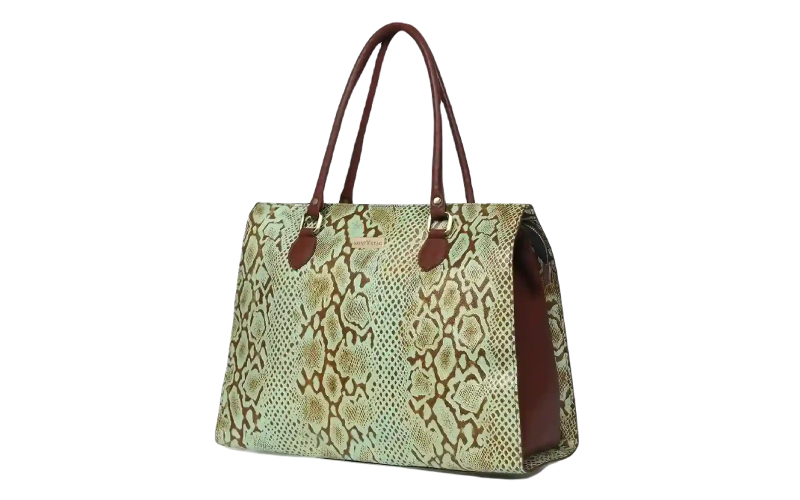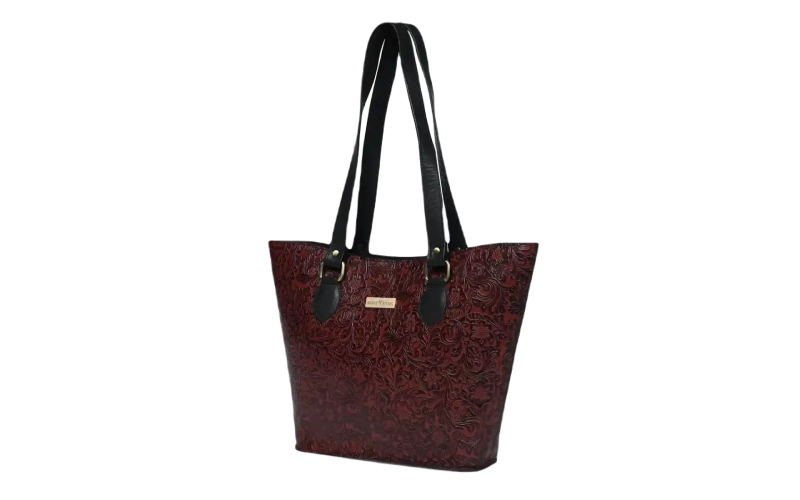
In the world of interior design, some pieces transcend fleeting trends and evolve into iconic statements. One such classic is the leather butterfly chair, a seating solution that effortlessly merges style, comfort, and heritage. Originally designed in the 1930s, this chair has maintained its presence in contemporary spaces due to its minimalist frame and rugged, natural material — leather. Today, as consumers shift toward slow living and sustainable décor choices, the butterfly chair is enjoying a quiet revival. This article explores the cultural roots, modern relevance, and sustainability potential of this timeless chair, offering insights for interior design enthusiasts and mindful consumers alike.
A Brief History Of The Butterfly Chair
The butterfly chair, also known as the BKF chair (named after its three Argentine designers: Bonet, Kurchan, and Ferrari), first made waves in the modernist design movement of the early 20th century. Its signature sling design, comprising a simple metal frame and draped leather or canvas cover, was inspired by military campaign furniture — portable, practical, and durable.
Originally, the use of leather was not just aesthetic but functional, offering flexibility and comfort without the need for additional padding. Over time, the leather butterfly chair became an icon of bohemian interiors and mid-century modern homes. Today, it’s sought after not just for its looks, but also for its ability to anchor a room with quiet sophistication.

Why Does The Leather Butterfly Chair Still Works Today?
Despite decades passing since its inception, the butterfly chair remains relevant — especially in today’s eclectic, authenticity-focused design landscape. But what makes it so enduring?
- Timeless Appeal: Its simple geometry and organic materials help it blend into diverse interior styles — from rustic lofts to minimalist apartments.
- Portability: The collapsible structure allows it to be easily moved or stored — perfect for flexible living spaces.
- Craftsmanship: A high-quality leather butterfly chair ages gracefully, developing a patina that adds character over time — a stark contrast to mass-produced, disposable furniture.
This combination of aesthetic charm and practical design aligns well with current trends toward slower, more intentional consumption.
Leather And Sustainability: The Conversation Is Changing
Leather has long been a debated material in sustainability circles. But when sourced ethically and processed responsibly, it can be one of the longest-lasting, lowest-waste materials in furniture design. Brands and artisans that produce handcrafted leather butterfly chairs often focus on small-batch manufacturing, natural tanning methods, and durable stitching — all of which reduce environmental impact compared to synthetic alternatives.
Moreover, leather’s longevity means a single purchase can last generations. Unlike faux leather or plastics, it doesn’t flake or degrade rapidly. Instead, it matures — often becoming even more beautiful with time. This “buy once, keep forever” philosophy resonates with today’s conscious consumers.
Designing Spaces With Character: The Role Of Leather Accents
Interior designers often talk about “anchor pieces” — furniture that defines the aesthetic tone of a space. A leather butterfly chair is an excellent anchor due to its rich texture, vintage feel, and sculptural form. Here are a few ways it enhances a room:
- Warmth & Contrast: In an industrial-style room with metal and concrete, a leather accent chair adds warmth and tactile contrast.
- Natural Cohesion: In boho, cabin, or rustic interiors, leather enhances natural themes while providing visual balance.
- Minimalist Statements: Even in Scandinavian or Japandi-inspired homes, a butterfly chair can offer a focal point without overwhelming simplicity.
Choosing genuine leather also introduces a subtle narrative of craftsmanship and heritage — values that modern consumers increasingly crave in their spaces.
Choosing The Right Leather Butterfly Chair: What To Look For
If you’re considering adding a butterfly chair to your space, quality and origin matter. Here’s what to evaluate:
- Leather Grade: Full-grain leather offers the best durability and patina over time. Avoid bonded or synthetic versions.
- Craftsmanship: Check the stitching, metal frame welds, and tension in the leather. Hand-stitched or small-batch chairs tend to offer higher quality.
- Ethical Sourcing: Seek out makers who use vegetable-tanned leather or source hides as a byproduct of the food industry.
- Size & Fit: Some butterfly chairs are oversized for lounging, while others are more upright — consider your space and usage.
With a thoughtfully chosen leather butterfly chair, you’re not just buying a seat — you’re investing in a conversation piece that carries both comfort and cultural weight.
Conclusion
As interiors continue to shift toward sustainability, individuality, and warmth, classic pieces like the leather butterfly chair are finding their way back into the spotlight. It’s more than just furniture; it’s a representation of thoughtful living — where each piece is chosen for its story, not just its style. Whether placed in a cozy reading nook, a sunlit studio, or a rugged loft, this chair invites rest, conversation, and timeless elegance.
For those looking to add character, heritage, and a touch of nostalgia to their homes — without compromising on quality or ethics — the butterfly chair is not just a design relic. It’s a modern-day essential.